Printing a new hand
3D PRINTERS MAKE AFFORDABLE PROSTHETICS AVAILABLE
It’s remarkable enough that some 3D printers can print replacement parts for themselves. What’s even more impressive is that they can print replacement parts for people, too. The most amazing thing of all is that almost anyone with a 3D printer can get involved. Medical researchers are testing machines that can print surgical implants, but in the meantime a multinational network of enthusiasts has started creating prosthetic hands that have already transformed dozens of lives.
This network is called e-Nable, and it had a very unlikely beginning. The original inspiration was an American artist called Ivan Owen, who posted a video of a large, articulated model hand he’d built. Owen made it as an art project – but South African carpenter Richard Van As saw the video and wondered if it had a more practical use. Van As had lost the fingers on his right hand in a circular saw accident and couldn’t afford a prosthetic replacement; Owen’s video got him thinking about the possibility of building his own.
Van As contacted Owen and explained his idea, which the artist was enthusiastic about. Over the space of a year, communicating by email, they designed a working index finger. Then came an appeal for help from another South African, the mother of a boy born with no fingers on one hand. She wanted to know if the two men could build a whole set of fingers. And they did. The problem was that it took a while to make, because all the parts had to be custom made on a milling machine. That’s when they had the idea of using a 3D printer and printing a new hand. A donation of two machines by Makerbot helped kickstart the project and it’s grown rapidly from there.
Now there are more than 7,000 people in the e-Nable network and more than 2,000 hands have been produced. Early on Van As decided to make the design open source, and posted it online where it can be downloaded free. That inspired others to make improvements and share those, too. The design has progressively become more effective, cheaper to make and more flexible.
The flexibility of 3D printing is the key to the whole project’s success. These hands have helped people from toddlers to adults; they’re definitely not one size fits all. Each hand has to be custom made, and with traditional manufacturing methods this is a slow and expensive process. With a 3D printer printing a new hand is easy. E-Nable has developed a free web app called Handomatic which basically does all the necessary design work. It lets users select the digits they need to replace and enter the necessary measurements taken from their own hand; then it generates print-ready STL files for the printable components. Once the files are ready the parts take between eight and twenty hours to print, then two or three more to bolt and screw together. Each hand costs less than £35, compared to £3,000 or more for a normal prosthetic.
The hands developed by Van As and Owen have changed the lives of thousands of people already, most of them people who could never have afforded a prosthetic otherwise. As the project grows they will be able to help thousands more. It’s hard to think of any other technology that could have made printing a new hand possible.

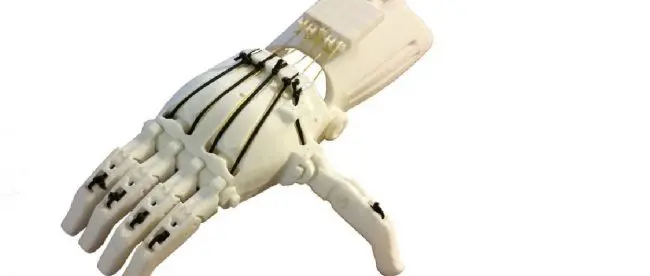
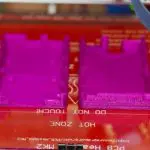
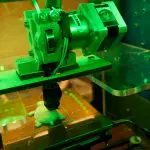
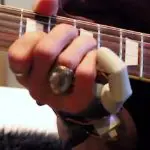
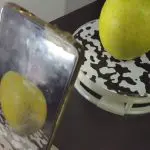
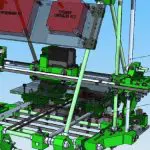
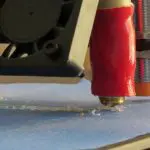
Leave a comment
You must be logged in to post a comment.